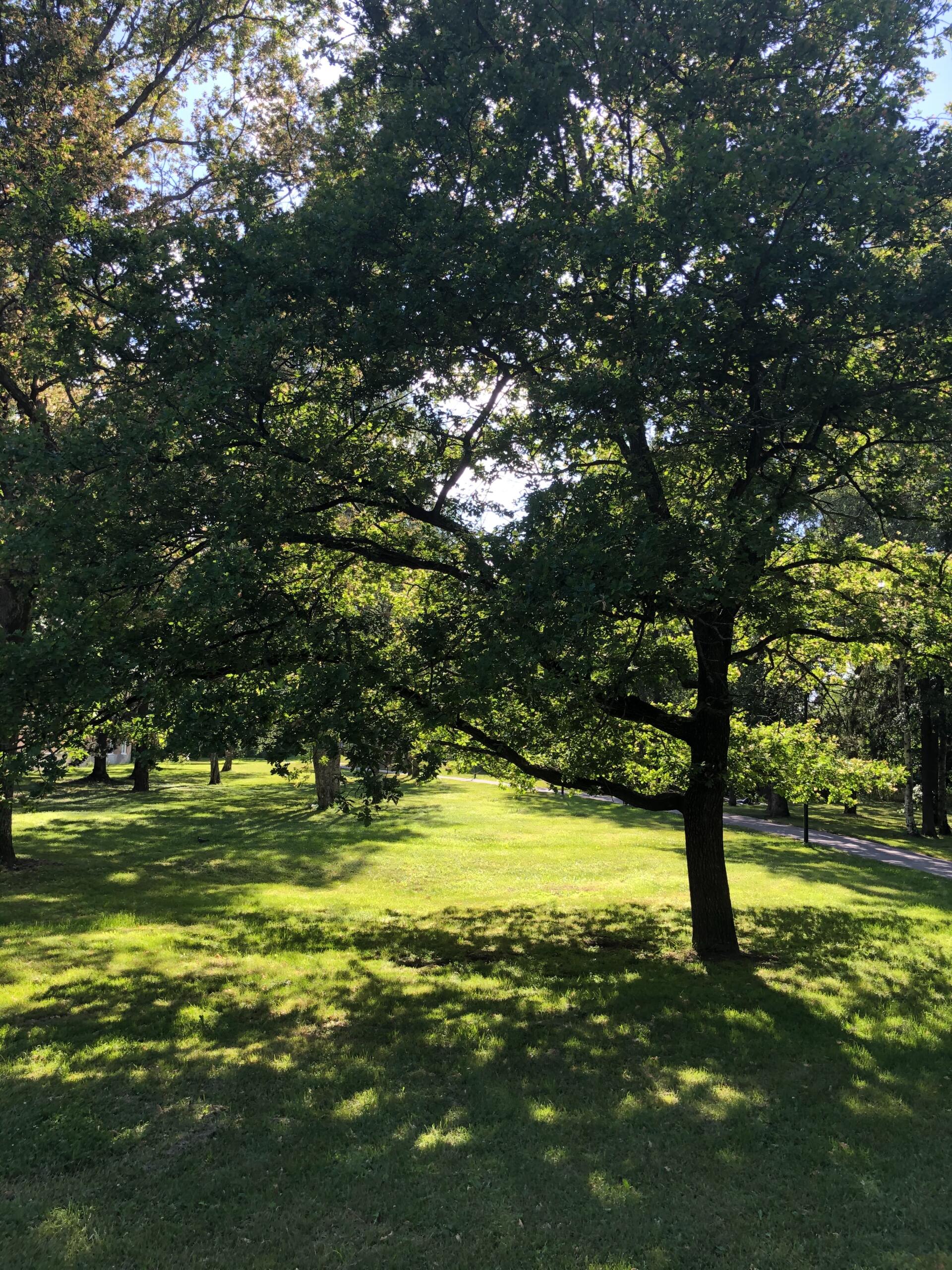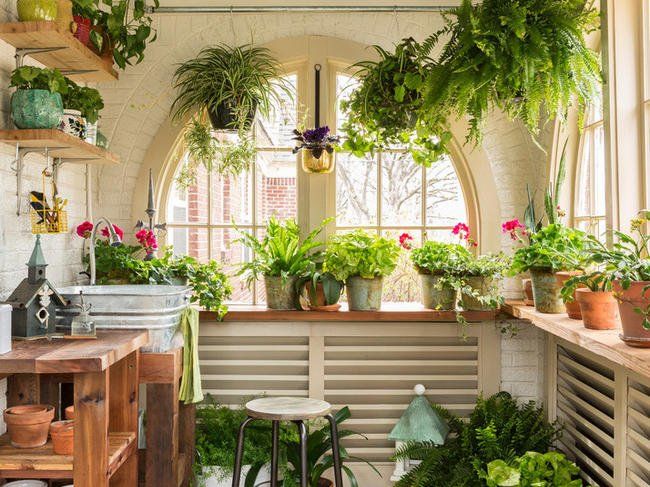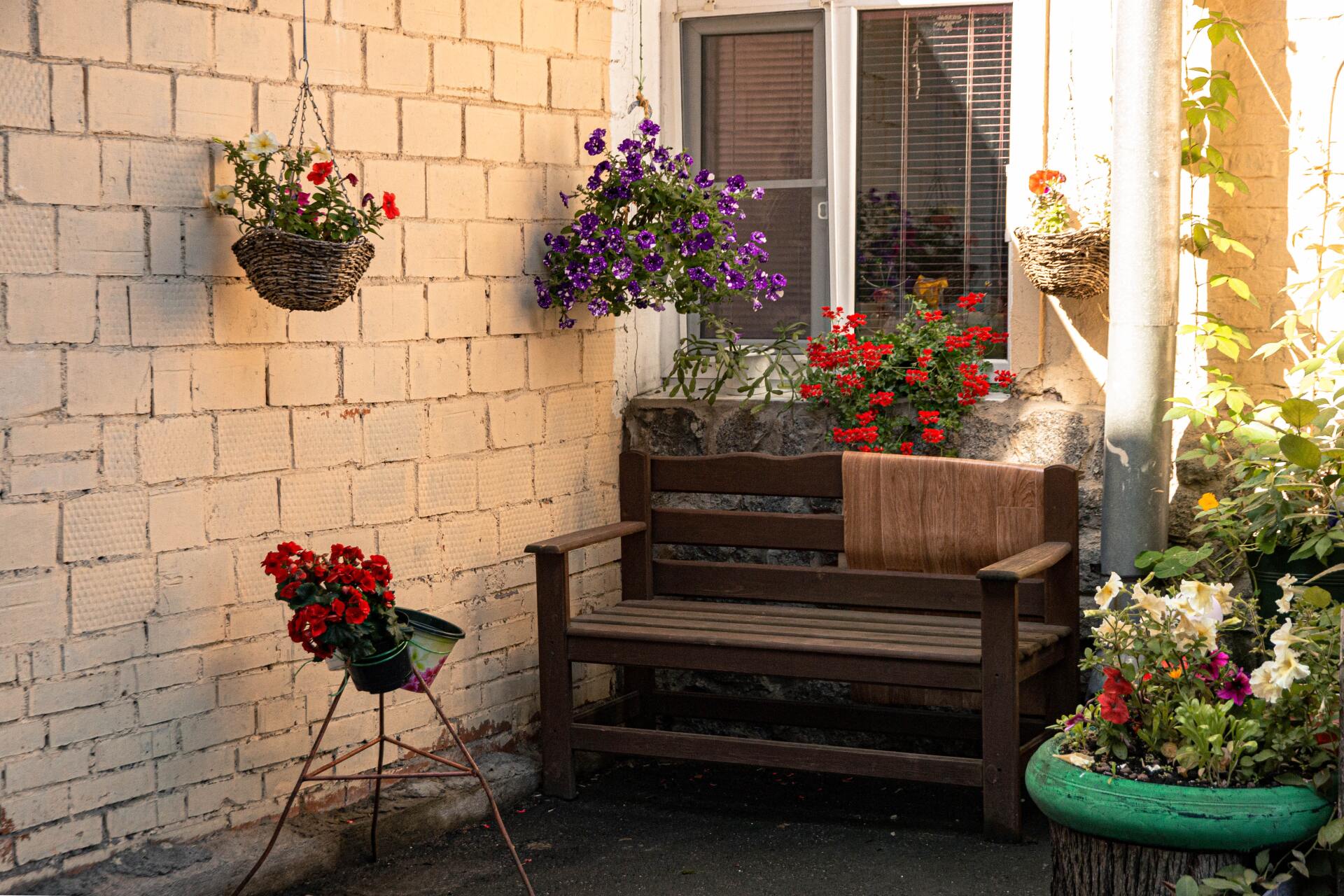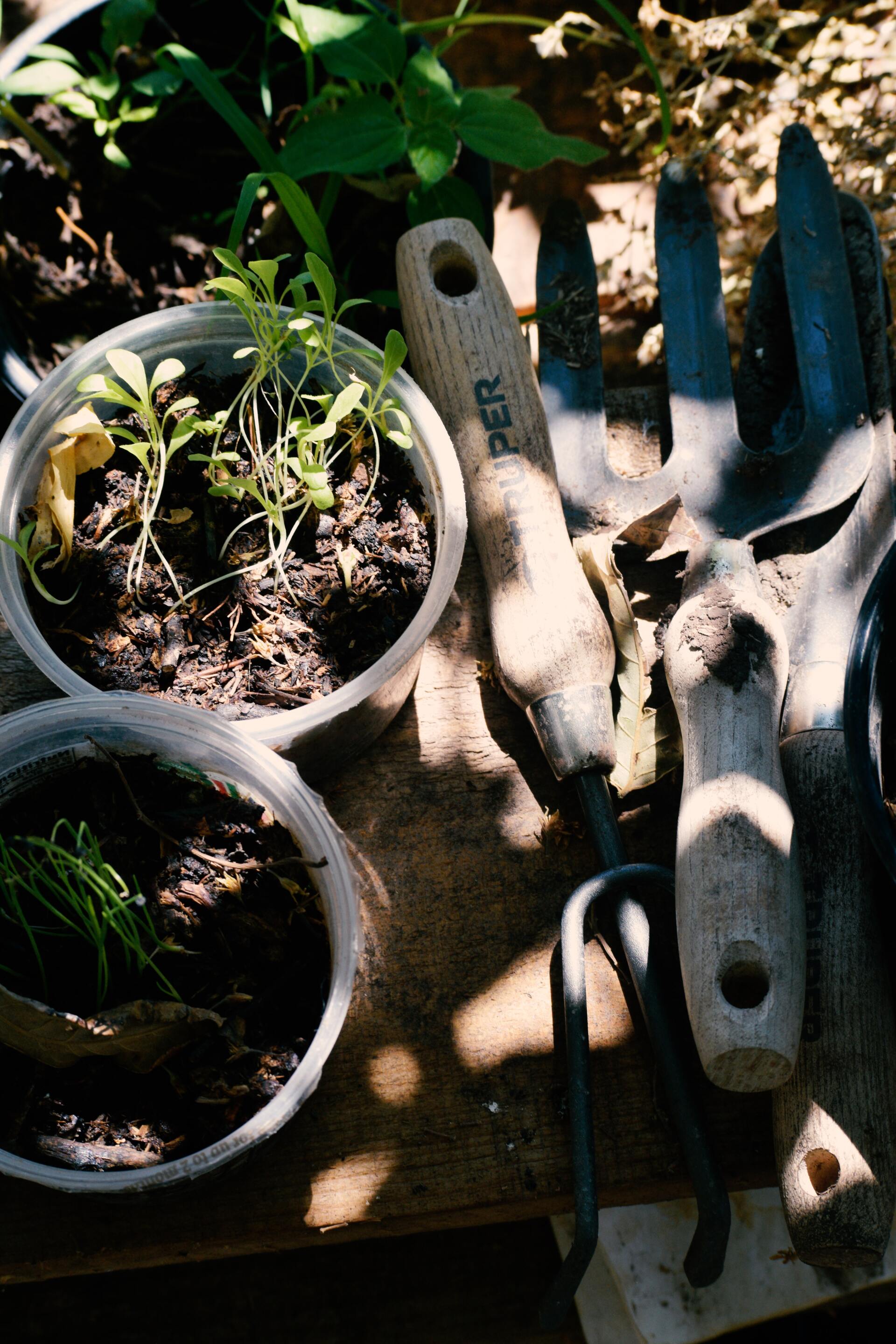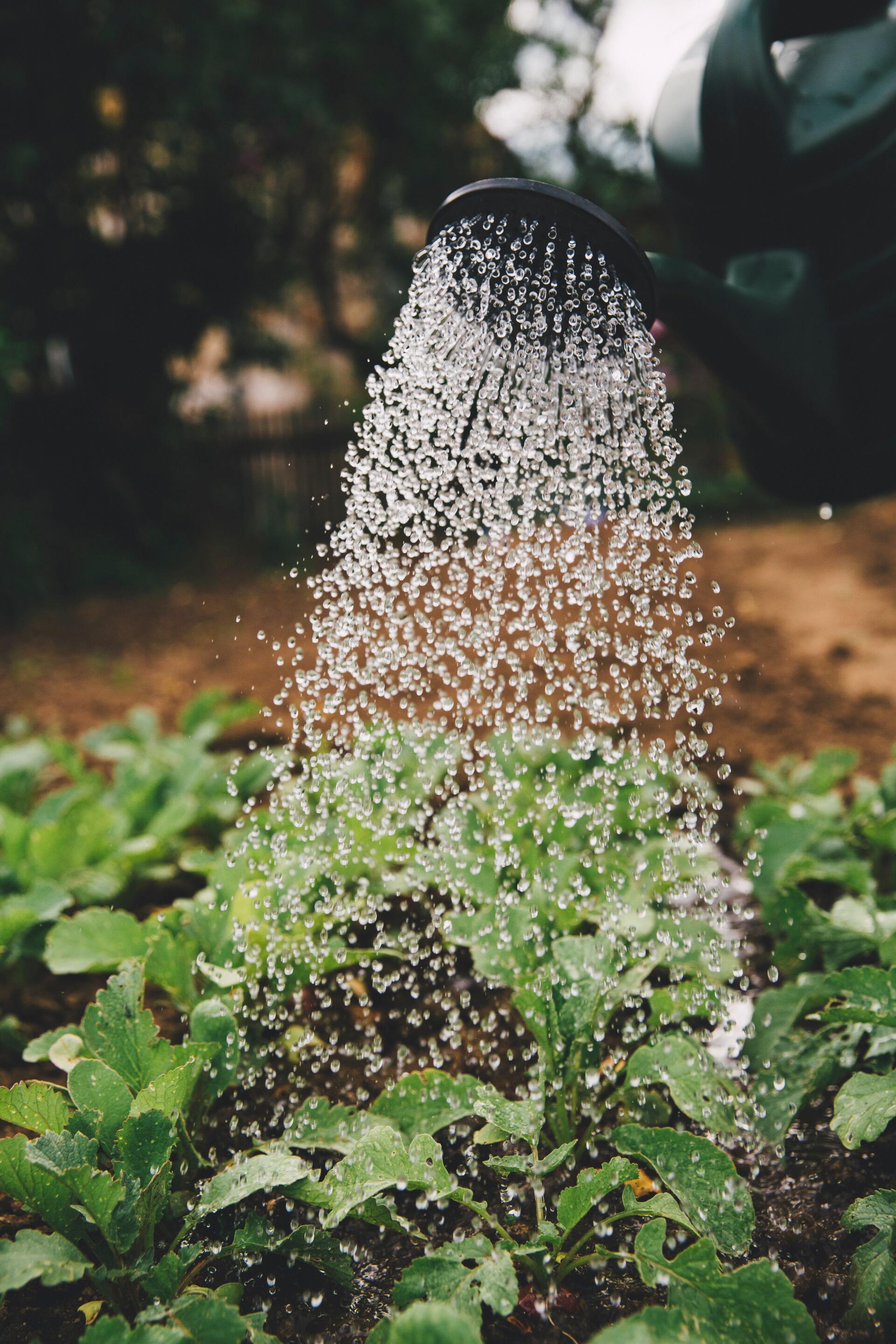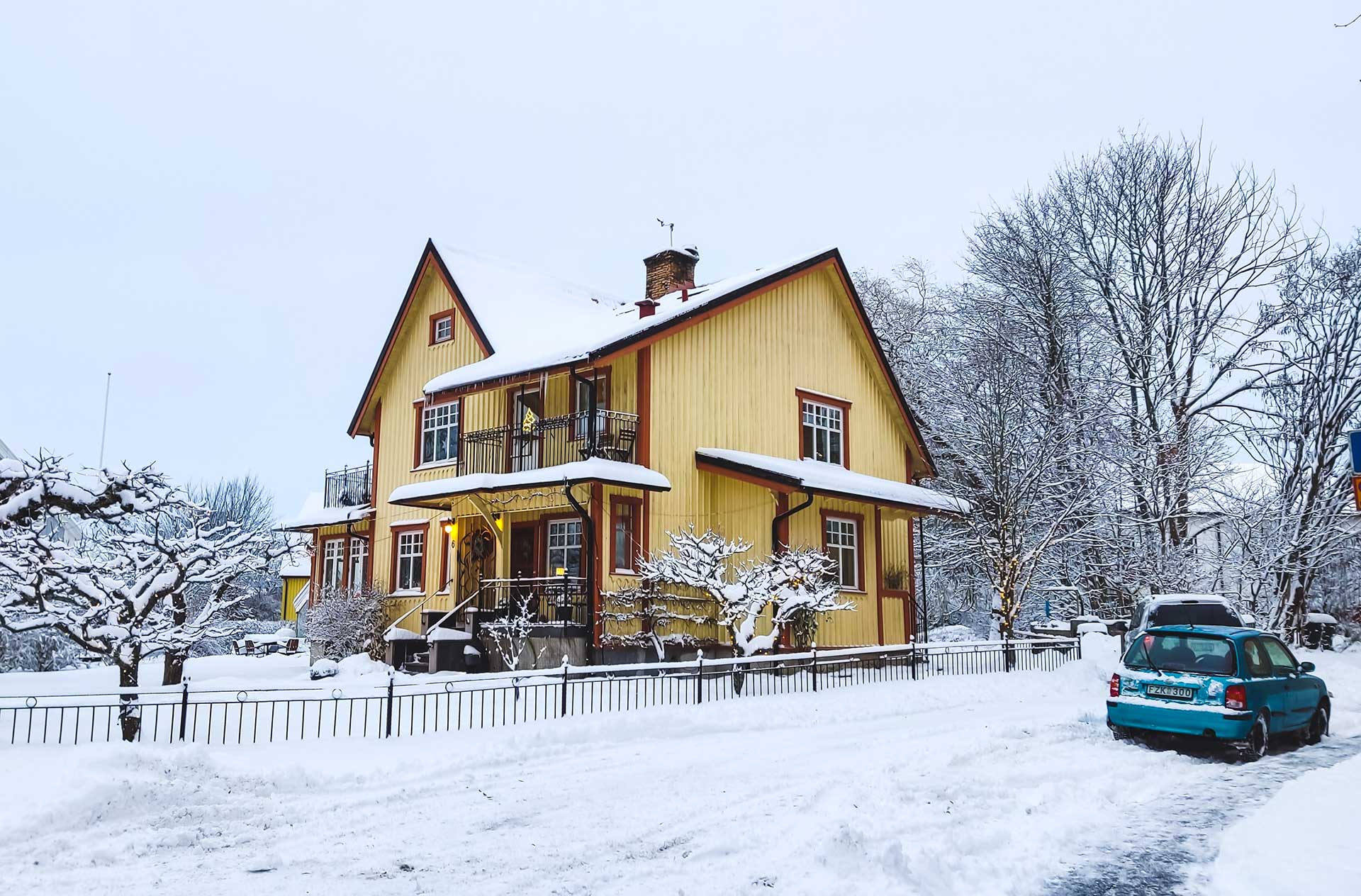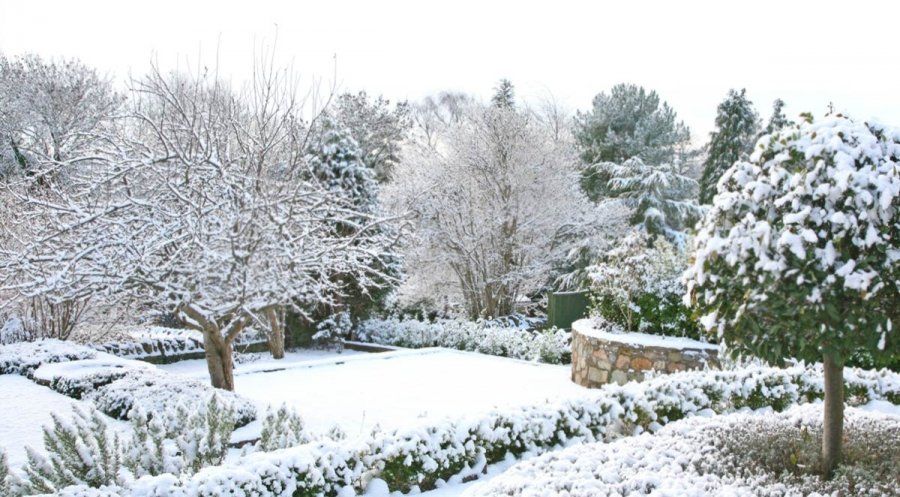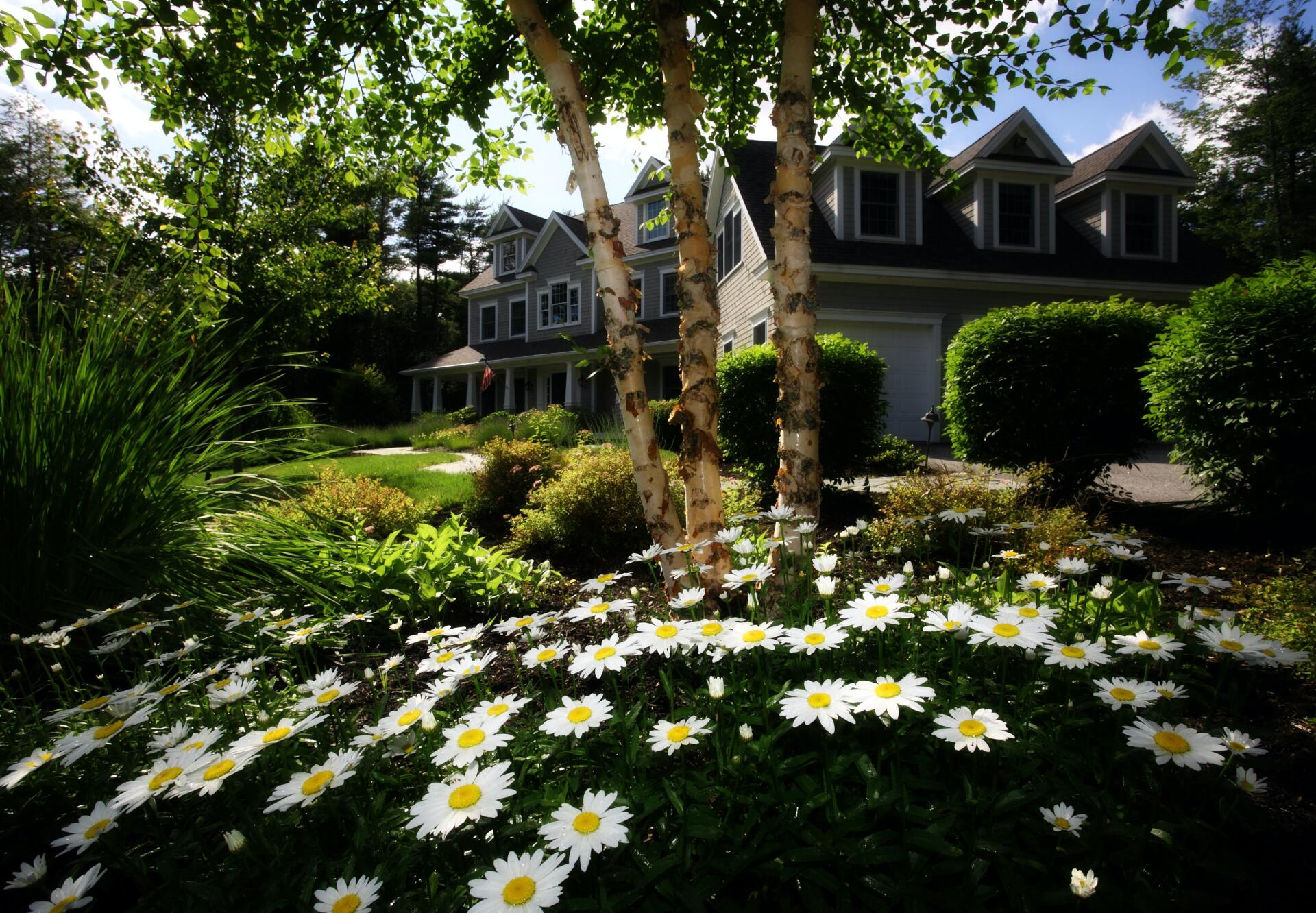Spring Pruning Tips for you Garden
Why is pruning important?
There are several reasons to prune shrubs, from appearance to safety.
- It can increase the production of flowers or leaves.
- Shrubs overgrowing their space in a lawn or garden can crowd out other plants and interfere with their growth.
- Good pruning can help restore good growth patterns when overgrown shrubs stop growing properly.
- Removing dead or diseased parts improves both the health and appearance of a shrub.
- Clearing out old buds after flowers have wilted makes room for new buds to appear the following season.
- Pruning is a way to cut a shrub into a particular shape for decorative purposes.
- Overgrown shrubs that encroach on sidewalks and driveways present a risk of scratching and harming people and cars. They can also obstruct visibility for drivers pulling into or out of driveways. In the cases of larger shrubs and small trees, weak or damaged limbs might fall on people or objects below them.
Exactly how to prune a shrub depends upon the type, its age, its condition, and the results you want, but here are some general guidelines and best practices:
- Prioritize. Dead, damaged, and diseased branches need to go first before they can cause harm to the rest of the plant. After that, you can prune for shape and size.
- Pinching is just what it says: with the thumb and forefinger, you pinch off the bud at the end of a stem. This promotes bushy growth by preventing the stems from getting longer.
- Thinning is mainly for maintaining a plant’s appearance. By cutting a whole limb or shoot back to the point where it originates, you have better control over the length of limbs, how much sunlight penetrates into the interior, where growth goes, and the visibility of attractive features.
- Heading involves removing the terminal portions of limbs and shoots. As a result, growth is vigorous, compact, and thick, and it’s free to go in new directions. Density increases as well.
- Shearing is a heading cut that doesn’t go back to the buds. Instead, it stimulates multiple buds to grow, meaning a great deal of new growth (and likely more pruning).
- Light pruning removes diseased stems and allows the center to remain open and airy. You’ll cut back a quarter to a third of a stem, leaving either a pair of strong buds or a bud that faces away from the center. This is routine maintenance that keeps growth the direction and length you want.
- Hard pruning, by contrast, leaves just 2 or 3 buds close to the base of the stem; all the rest of the stems are removed. You’ll also take out up to a third of the stems that are the least healthy. Hard pruning isn’t routine; it’s for when a plant has become overgrown or has lost its desired shape.
When to prune
Timing can be everything in lawn care, and that includes pruning. If a shrub blooms in spring, it’s best to prune right after flowering. For shrubs that bloom during summer, prune in late winter or early the next spring. You don’t have to stick to a particular time for shrubs that don’t flower at all, but remember to prune anytime you see signs of damage or disease.
- Know your plant and know what result you want before you start.
- Make sure you have the right tools for the job. Using the wrong tools can cause damage. Keep your tools clean while pruning and also in between jobs; this can help prevent the spread of disease or other harmful agents from one part to another or from one plant to another.
- Look and look again before you cut. A cut takes seconds; damage can take a lot longer to fix. Before you cut, make doubly sure you’re cutting in the right place and will be getting the result you need.
- Prune a quarter to half an inch above a node (where a stem and leaf join). Dormant buds reside in the node, and new stems will grow from them.
- Pruning below a node or between nodes leaves a stub. New stems won’t grow there, but infection and rot can set in.
- To avoid cross branching, prune to nodes that have buds facing away from the plant’s center and in the direction you want growth to go.
- Don’t cut a branch so that it’s flush with the stem. Tissue called the collar is here, and it’s important to protect this special tissue for the health and growth of the plant.
- Be safe! Always wear gardening gloves, and use other protective equipment as needed.
When in doubt about anything here, don’t hesitate to consult a professional. Mistakes in DIY landscaping can be messy and expensive!
Professional Design and Care from Cashman
In Northern New Jersey, Cashman Landscape Management & Design is one of the premier services ready to handle all your landscaping needs. Since 1996, we’ve been helping residential and commercial property owners in and around Morris County get the most from their landscaping, increasing appeal and adding value. In the process, we also save them a lot of time and hassle.
To learn more about our services or to request a quote,
contact us today!

